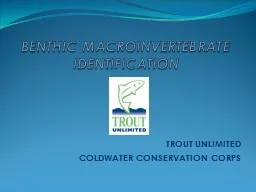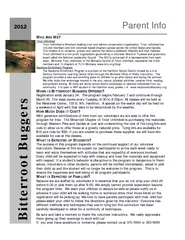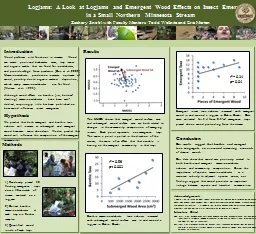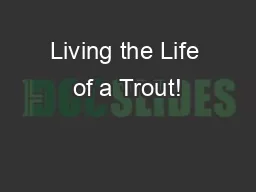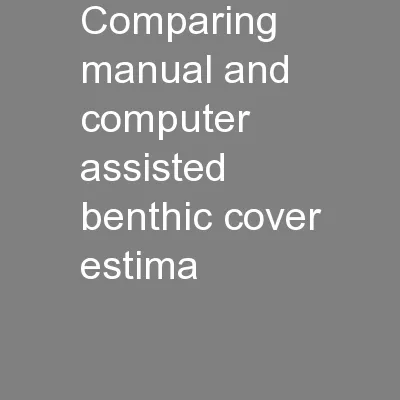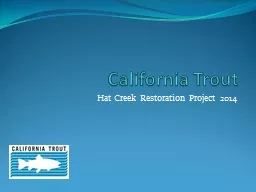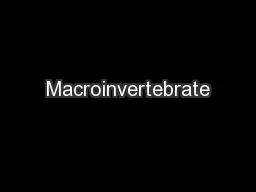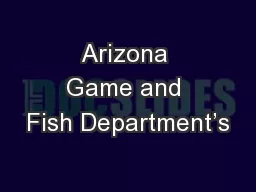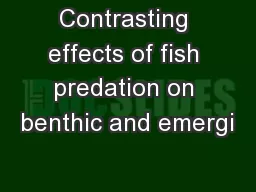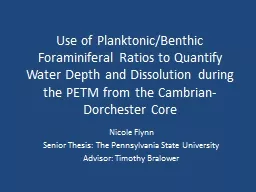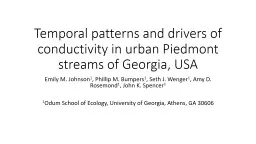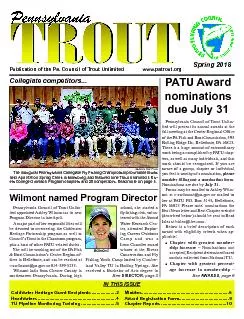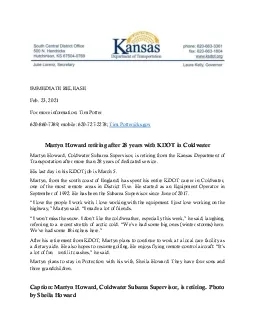PPT-BENTHIC MACROINVERTEBRATE IDENTIFICATION TROUT UNLIMITED COLDWATER CONSERVATION CORPS
Author : stefany-barnette | Published Date : 2019-11-04
BENTHIC MACROINVERTEBRATE IDENTIFICATION TROUT UNLIMITED COLDWATER CONSERVATION CORPS THE CCC BMI PROCESS Select sampling site and specific locations Obtain samples
Presentation Embed Code
Download Presentation
Download Presentation The PPT/PDF document "BENTHIC MACROINVERTEBRATE IDENTIFICATION..." is the property of its rightful owner. Permission is granted to download and print the materials on this website for personal, non-commercial use only, and to display it on your personal computer provided you do not modify the materials and that you retain all copyright notices contained in the materials. By downloading content from our website, you accept the terms of this agreement.
BENTHIC MACROINVERTEBRATE IDENTIFICATION TROUT UNLIMITED COLDWATER CONSERVATION CORPS: Transcript
Download Rules Of Document
"BENTHIC MACROINVERTEBRATE IDENTIFICATION TROUT UNLIMITED COLDWATER CONSERVATION CORPS"The content belongs to its owner. You may download and print it for personal use, without modification, and keep all copyright notices. By downloading, you agree to these terms.
Related Documents

